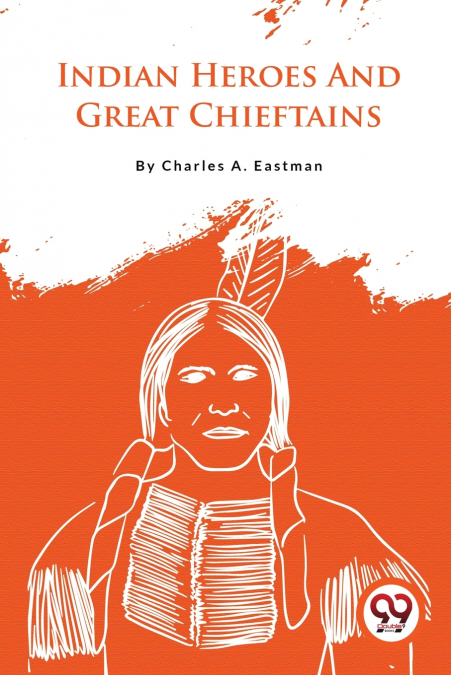
 Librería Perelló (Valencia)
Librería Perelló (Valencia)
 Librería Aciertas (Toledo)
Librería Aciertas (Toledo)
 Librería Elías (Asturias)
Librería Elías (Asturias)
 Donde los libros
Donde los libros
 El AlmaZen del Alquimista (Sevilla)
El AlmaZen del Alquimista (Sevilla)
 Librería Kolima (Madrid)
Librería Kolima (Madrid)
 Librería Proteo (Málaga)
Librería Proteo (Málaga)
This book provides a biographical account of 15 legendary chiefs, including their struggles. The Indians lived in their own land, where they hunted buffalo and gathered food, according to their own traditions and customs. The soldiers then arrived to eject them from their territory. The government breached its promises, and the Indians were relocated to a reservation. One may argue that this is where the racial gap first emerged. Whites contrasted with brown and black. Here are the biographies of some well-known leaders, including Sitting Bull, Crazy Horse, and Red Cloud, as well as less well-known figures like Two Strike, Dull Knife, Hole-in-the-Day, Tamahay, and Gall. This book is a real eye-opener, with lovely black-and-white portraits as its highlights. Charles A. Eastman (Ohiyesa), who was raised as a Santee Sioux in the 1860s and 1870s, published eleven books in an effort to dispel misconceptions that white people held about Indians and to foster understanding between the two races. He provides brief biographies of 15 notable Indian leaders in the current edition, most of whom were Sioux, and some of them, like Red Cloud and Rain-in-the-Face, were the author’s colleagues and acquaintances.